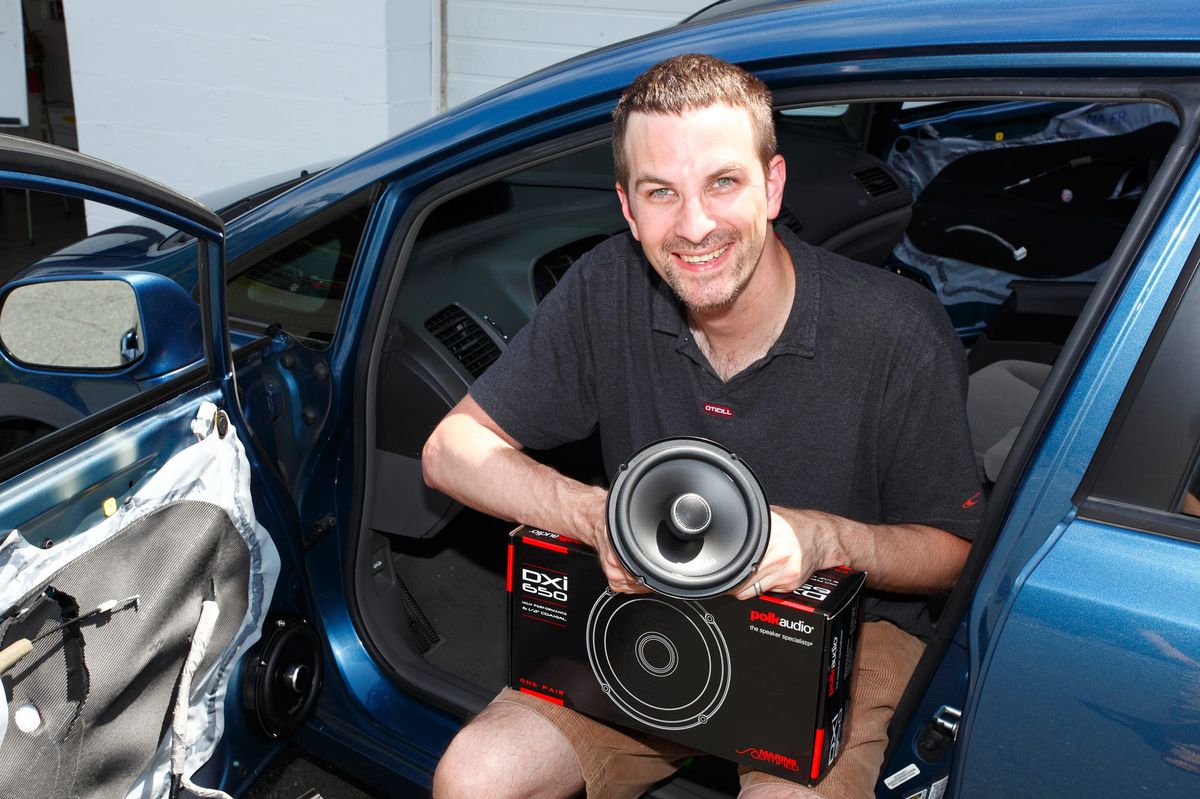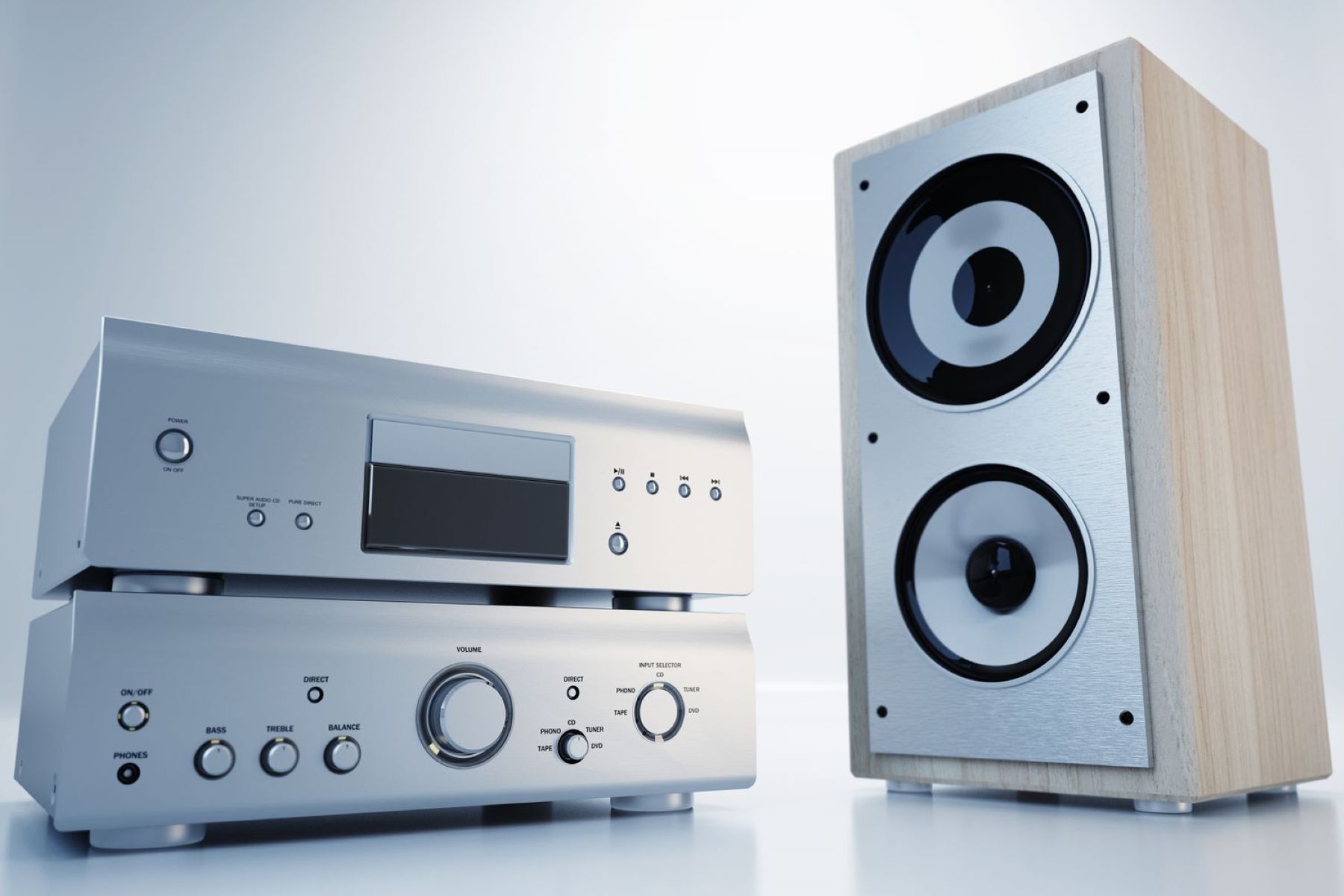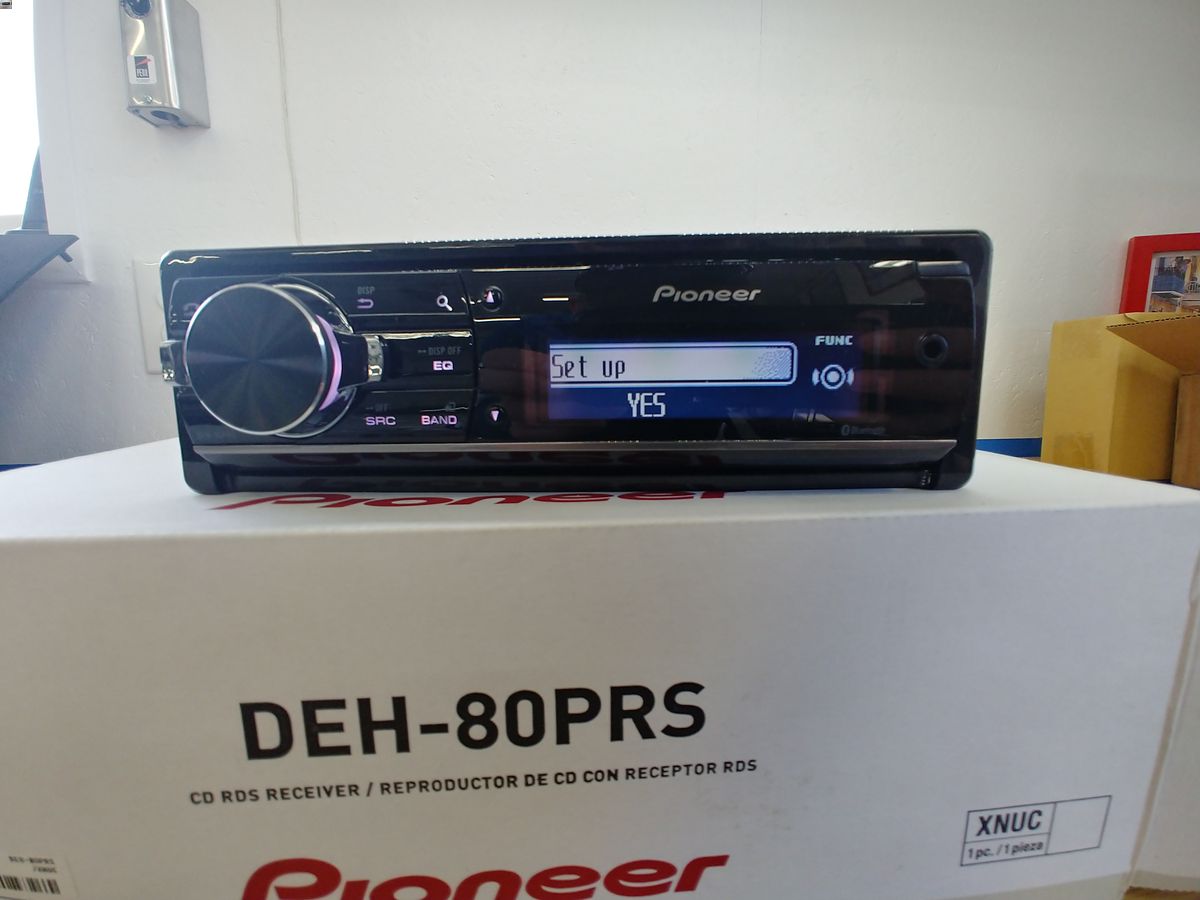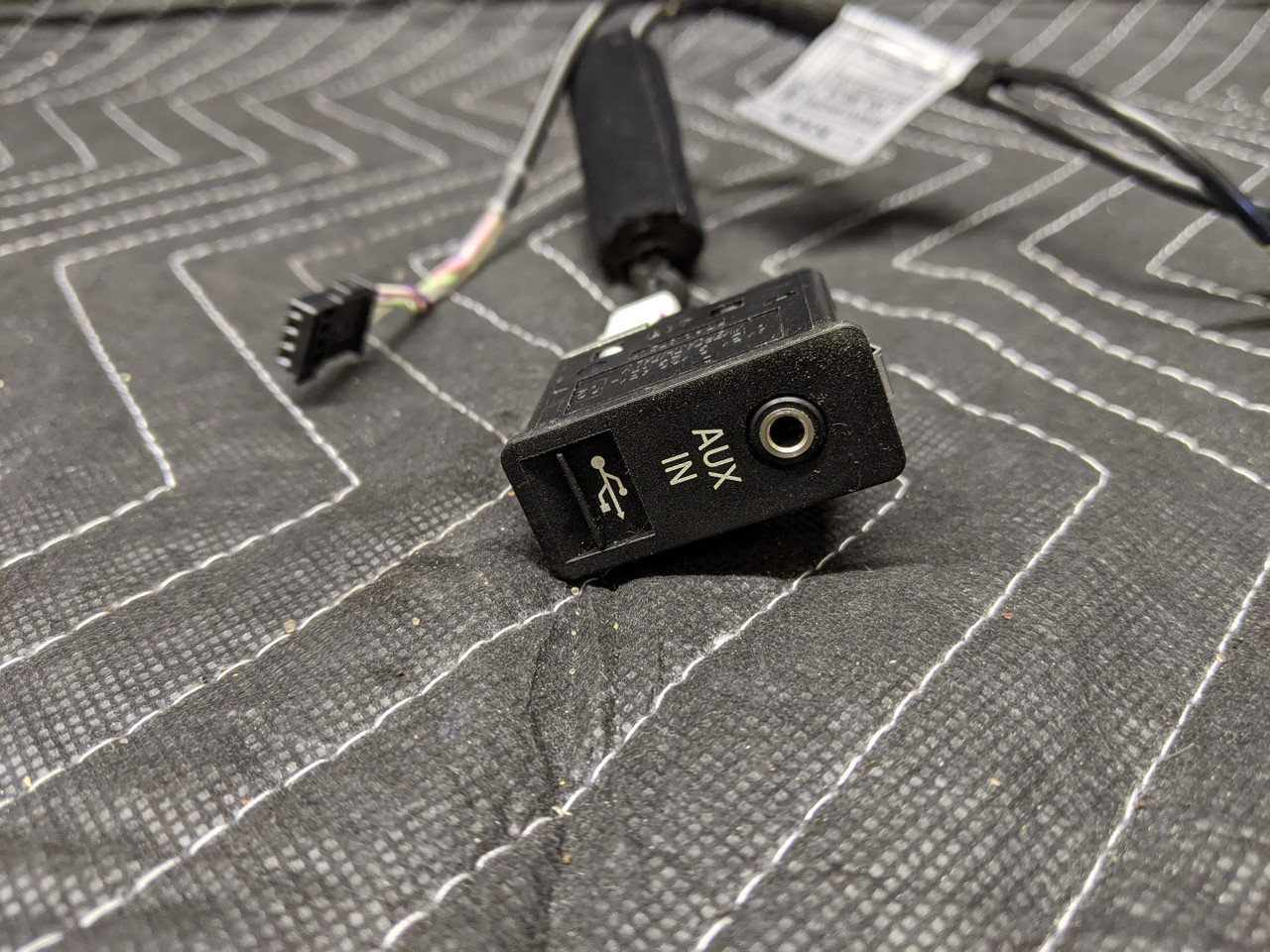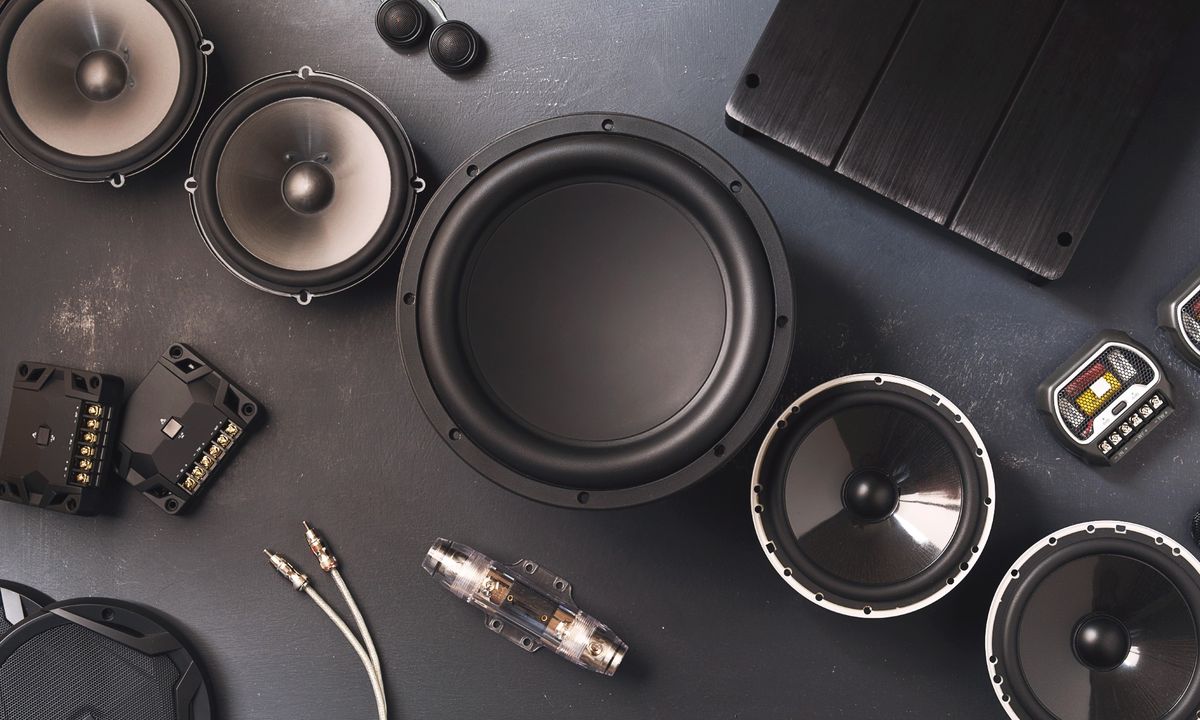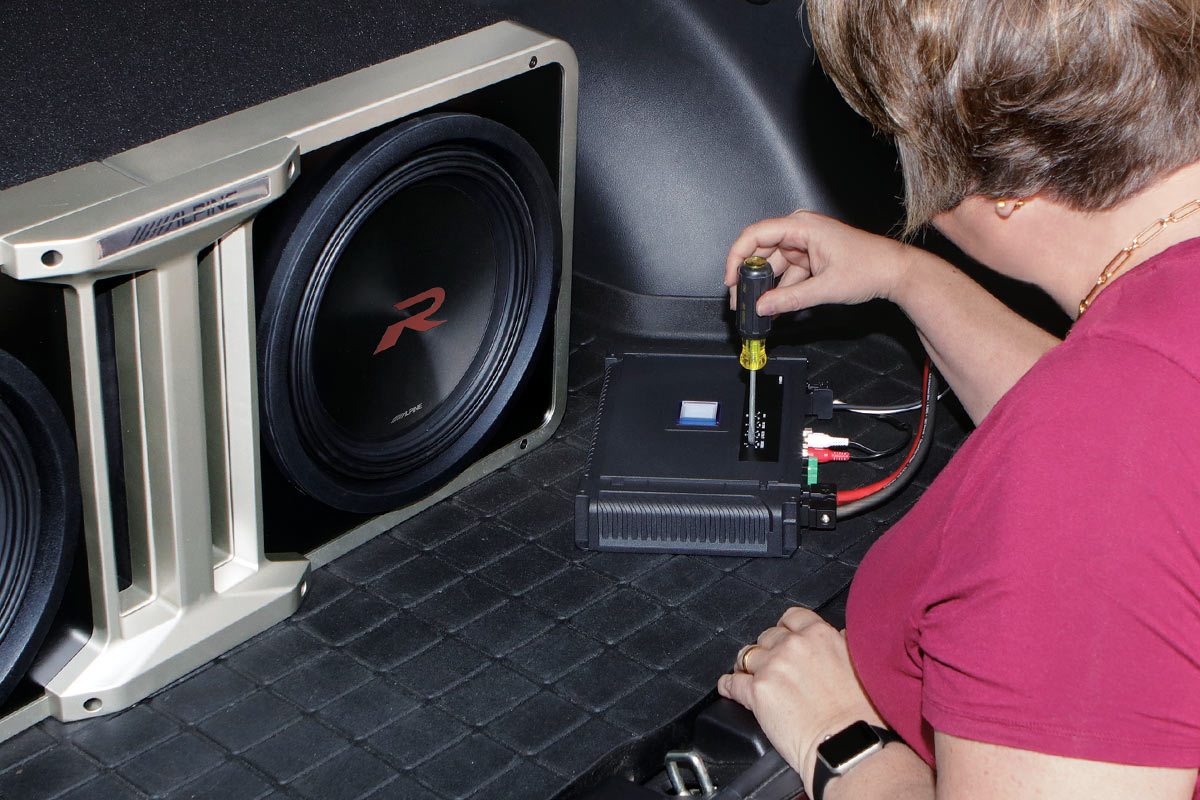Home>Production & Technology>Stereo>How To Connect To AUX In Car Stereo


Stereo
How To Connect To AUX In Car Stereo
Modified: January 22, 2024
Learn how to connect your device to the AUX in car stereo and enjoy high-quality sound. Upgrade your car audio experience with ease.
(Many of the links in this article redirect to a specific reviewed product. Your purchase of these products through affiliate links helps to generate commission for AudioLover.com, at no extra cost. Learn more)
Table of Contents
Introduction
Welcome to our comprehensive guide on how to connect to the AUX in your car stereo. Whether you want to listen to your favorite music from your phone or connect an external device, having an AUX input in your car stereo provides a convenient way to enjoy high-quality audio while on the go. In this article, we will walk you through the step-by-step process of connecting to the AUX in your car stereo, helping you unlock the full potential of your vehicle’s audio system.
Many modern car stereos come equipped with an AUX input, which allows you to connect external devices such as smartphones, tablets, or MP3 players directly to the stereo system. By connecting your device to the AUX input, you can listen to your own music library or stream music from popular apps like Spotify or Apple Music.
In addition to playing music, the AUX connection also enables you to enjoy other audio content, such as podcasts, audiobooks, or even navigation instructions from your smartphone. It provides a versatile and flexible audio solution that enhances your driving experience.
Connecting to the AUX input is a relatively straightforward process, and with the right materials and a few simple steps, you’ll be enjoying your favorite tunes in no time. In the following sections, we’ll guide you through the process, from gathering the required materials to testing the connection.
Before we begin, it’s important to note that the availability and location of the AUX input can vary depending on the make and model of your car stereo. It’s always a good idea to consult your car’s manual or speak to a professional if you’re unsure about the location of the AUX input. Now, let’s get started and discover how to connect to the AUX in your car stereo.
Step 1: Gathering the Required Materials
Before you can connect to the AUX input in your car stereo, you’ll need to gather a few essential materials. Here’s a list of items you’ll need to complete the process:
- AUX Cable: This is the key component that will allow you to connect your device to the car stereo. Make sure to choose a high-quality AUX cable with a suitable length, as it needs to reach from your device to the AUX input in your car.
- Device with Audio Output: Whether it’s a smartphone, tablet, MP3 player, or any other device that has an audio output, you’ll need to have one to connect to the AUX input. Ensure that your device is fully charged or has a sufficient battery level before proceeding.
- Car Stereo with AUX Input: Of course, you’ll need a car stereo that has an AUX input feature. Most modern car stereos come equipped with this functionality, but it’s important to verify beforehand. Check your car’s manual or consult a professional if you’re unsure about the presence of an AUX input.
- Optional: Phone Mount or Holder: Since you’ll be connecting your device to the AUX input, having a phone mount or holder can be convenient for accessibility and safety. It will enable you to keep your device within reach and view while driving.
Once you have gathered all the necessary materials, you’re ready to move on to the next step and locate the AUX input in your car stereo. Remember to double-check that you have everything on the list to ensure a smooth and hassle-free installation process.
Step 2: Locating the AUX Input
Now that you have all the required materials, the next step is to locate the AUX input in your car stereo. The location of the AUX input can vary depending on the make and model of your car. Here are some common places to look for the AUX input:
- Front Panel: In many car stereos, the AUX input is conveniently located on the front panel. It may be labeled as “AUX” or “AUX IN”. Look for a small 3.5mm audio jack or a port that resembles a headphone jack.
- Center Console: Some car models have the AUX input located in the center console, near the gear shift or cup holders. Check for any hidden compartments or panels where the AUX input might be located.
- Glove Compartment: In a few car models, the AUX input is hidden inside the glove compartment. Open the glove compartment and look for any audio jacks or ports.
- Dashboard: In certain car models, the AUX input is integrated into the dashboard. It may be placed alongside other audio controls or near the CD player slot.
If you’re not sure about the exact location of the AUX input, refer to your car’s manual for specific instructions. Alternatively, you can search online forums or contact the car manufacturer’s customer support for assistance.
Once you have located the AUX input, make sure there is sufficient space around it to easily connect the AUX cable. Clear any obstructions or debris that may hinder the connection process. Now that you know where the AUX input is, it’s time to move on to the next step and connect the AUX cable.
Step 3: Connecting the AUX Cable
Now that you have located the AUX input in your car stereo, it’s time to connect the AUX cable. Follow these steps to ensure a proper connection:
- Insert one end of the AUX cable into the headphone jack or audio output of your device. Ensure that the connection is tight and secure.
- Take the other end of the AUX cable and plug it into the AUX input of your car stereo. Make sure it is firmly inserted into the port.
- If your AUX cable has a volume control knob or switch, set it to an appropriate level. This will prevent any sudden loud sounds when you start playing audio through the AUX input.
- Double-check that both ends of the AUX cable are securely connected to the device and car stereo. Any loose connections can affect the audio quality or cause interruptions.
Once the AUX cable is properly connected, you are now ready to adjust the audio settings to ensure optimal sound output. This will be covered in the next step.
Note: If you are using an iPhone without a headphone jack, you will need an adapter to connect the AUX cable to your device’s lightning port. Ensure that you have the necessary adapter to maintain compatibility between your device and the AUX cable.
In the next step, we will explore how to adjust the audio settings for a seamless listening experience. Stay tuned!
Step 4: Adjusting the Audio Settings
After connecting the AUX cable to your device and car stereo, it’s important to adjust the audio settings to ensure the best possible sound quality. Here are a few settings you may need to adjust:
- Volume: Start by setting the volume level on your device to a low or moderate level. You can then gradually increase the volume on both your device and car stereo to find the desired sound level. Avoid setting the volume too high, as it can result in distorted or unpleasant sound.
- Equalizer: Some car stereo systems include an equalizer feature, which allows you to customize the audio output according to your preferences. Experiment with different equalizer presets or manually adjust the bass, treble, and other settings to achieve the desired sound quality.
- Balance and Fade: If your car stereo supports it, you can adjust the balance and fade settings to distribute the sound evenly between the speakers. This can enhance the listening experience and ensure that the audio output is well-balanced throughout your car.
- Audio Source Selection: In some cases, you may need to switch the audio source on your car stereo to the AUX input mode. This can usually be done through the stereo’s menu or by pressing a dedicated button labeled “AUX” or “SRC” (Source).
It’s important to note that the availability and options for adjusting audio settings may vary depending on your car stereo model. Refer to the car stereo’s manual for specific instructions on how to access and customize these settings.
Once you have adjusted the audio settings to your liking, you’re now ready to enjoy the seamless connection and high-quality sound through your car stereo’s AUX input. In the final step, we will test the connection to ensure everything is working correctly.
Step 5: Testing the Connection
After connecting your device to the AUX input and adjusting the audio settings, it’s important to test the connection to ensure everything is working properly. Follow these steps to test the AUX connection:
- Start playing audio on your device, such as a song or a podcast.
- Gradually increase the volume on both your device and car stereo to a comfortable level.
- Listen for any distortions, crackling sounds, or interruptions. If you notice any issues, double-check the AUX cable connections and ensure they are secure.
- Try adjusting the audio settings on both your device and car stereo to find the optimal sound quality.
- Change the audio source back to the car stereo’s built-in radio or CD player to verify that the sound returns to normal.
If the connection is successful and you can hear clear, high-quality audio through your car stereo, congratulations! You have successfully connected to the AUX input. You can now enjoy your favorite music, podcasts, and other audio content while on the road.
However, if you encounter any issues, such as no audio output or poor sound quality, double-check the AUX cable connections and try adjusting the audio settings again. If the problem persists, consult your car’s manual or seek assistance from a professional to troubleshoot the issue.
It’s also important to remember to disconnect the AUX cable when not in use, as leaving it connected can cause unnecessary wear and tear over time.
With the connection tested and confirmed, you can now make the most of your car stereo’s AUX input and enjoy a personalized and seamless audio experience while driving.
Conclusion
Congratulations! You have successfully learned how to connect to the AUX input in your car stereo. By following the steps outlined in this guide, you can now enjoy a seamless audio experience and listen to your favorite music, podcasts, and more while on the go.
Remember to gather the necessary materials, locate the AUX input in your car stereo, connect the AUX cable, adjust the audio settings, and test the connection. This simple process allows you to unleash the full potential of your car stereo system and enjoy high-quality sound from your portable devices.
Keep in mind that the location of the AUX input may vary depending on your car model, so it’s always recommended to consult your car’s manual or seek professional assistance if needed.
Whether you’re on a road trip, commuting to work, or running errands, having the ability to connect to the AUX input in your car stereo opens up a world of audio entertainment possibilities. So, grab your AUX cable, connect your device, adjust the audio settings to your liking, and sit back while enjoying the road and your favorite tunes.
We hope this guide has been helpful in guiding you through the process of connecting to the AUX input in your car stereo. Now, go ahead and embark on your musical journey with a seamless and enjoyable audio experience in your car.


